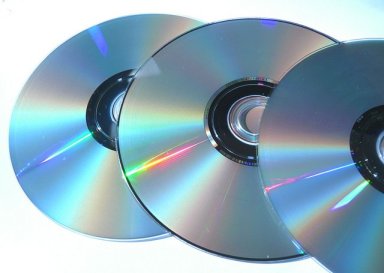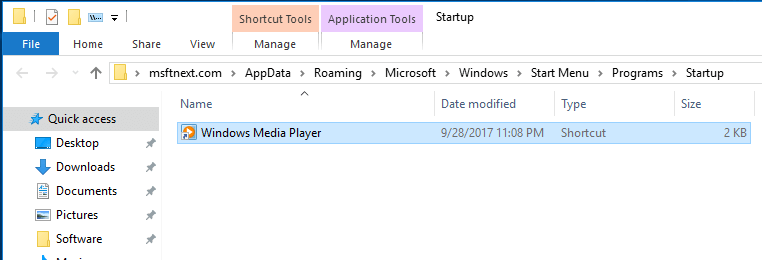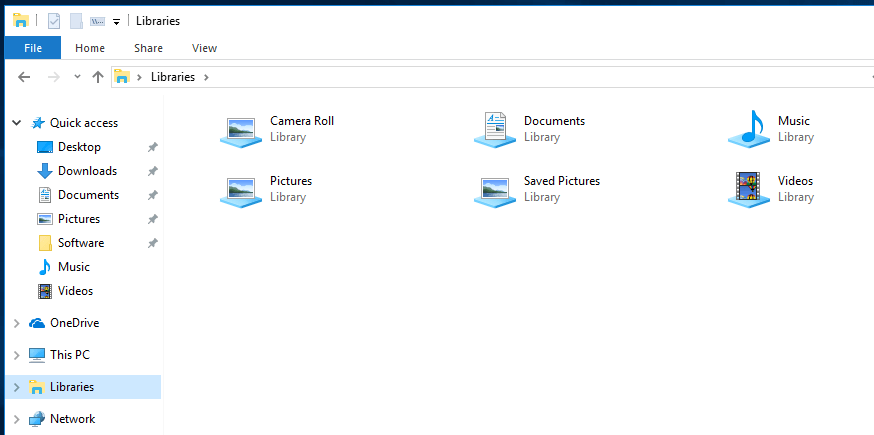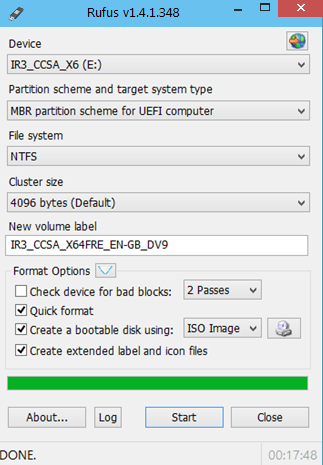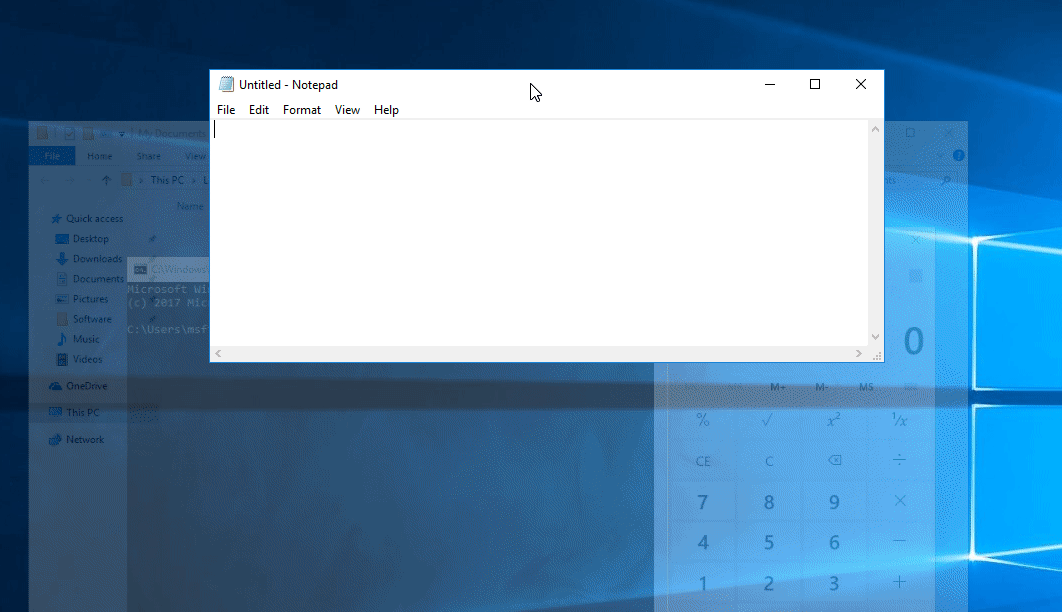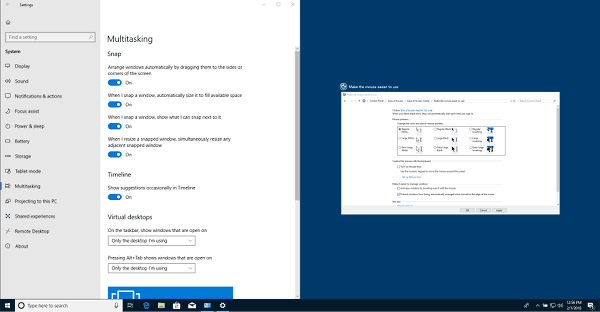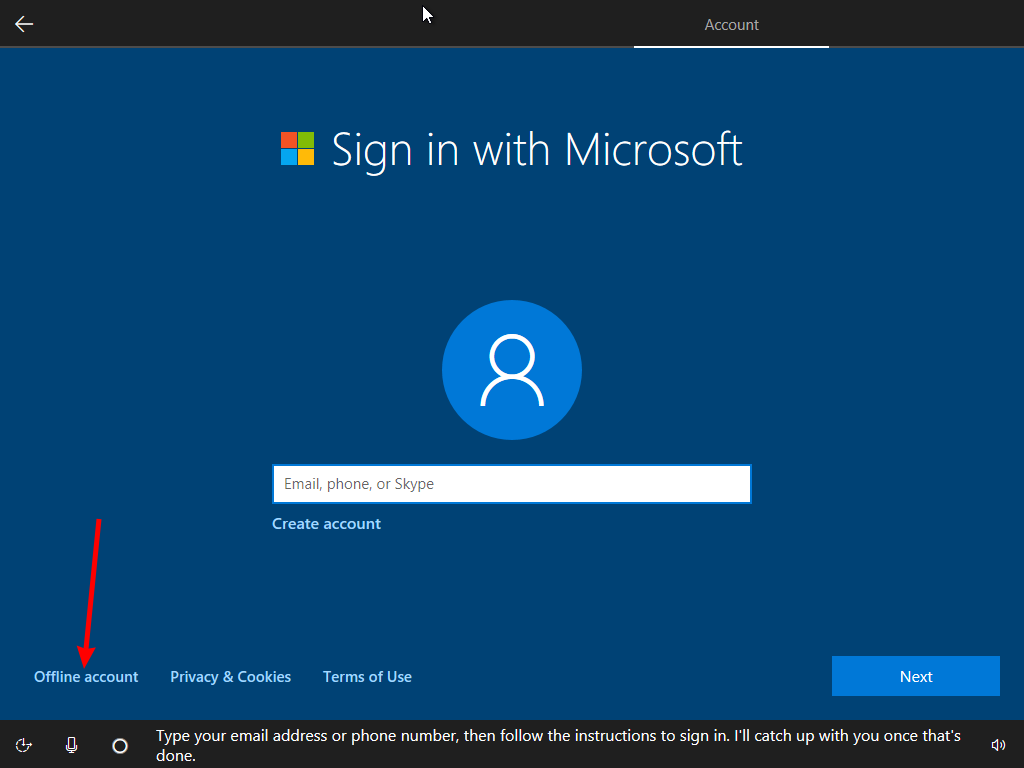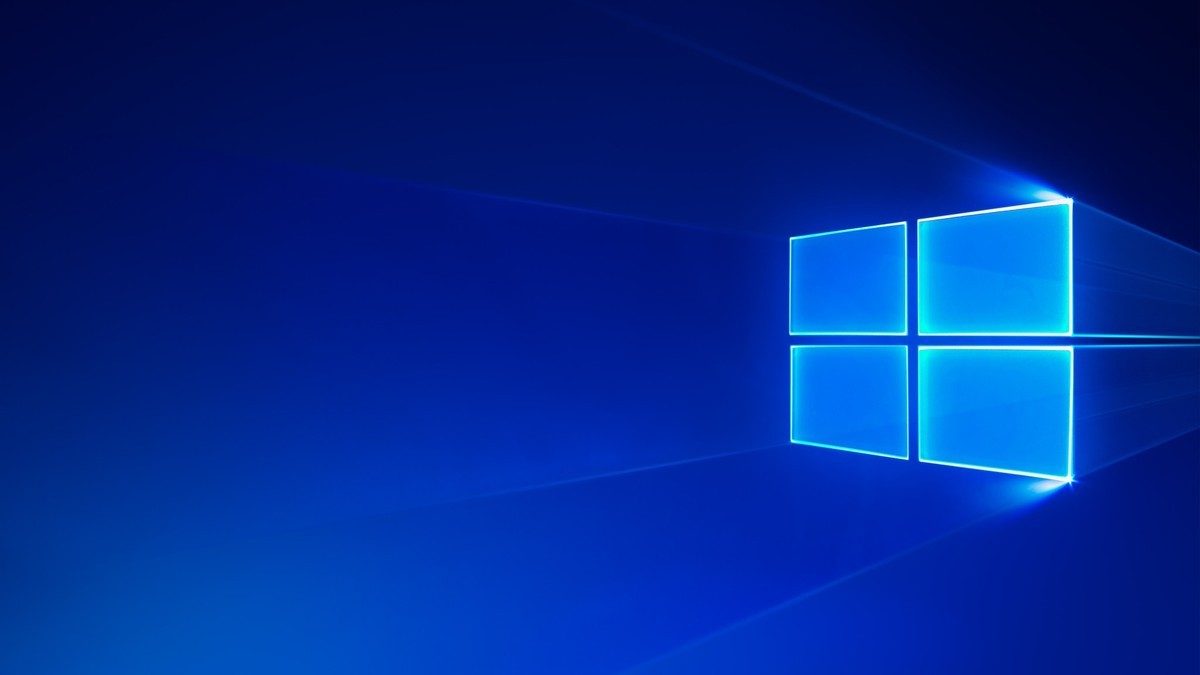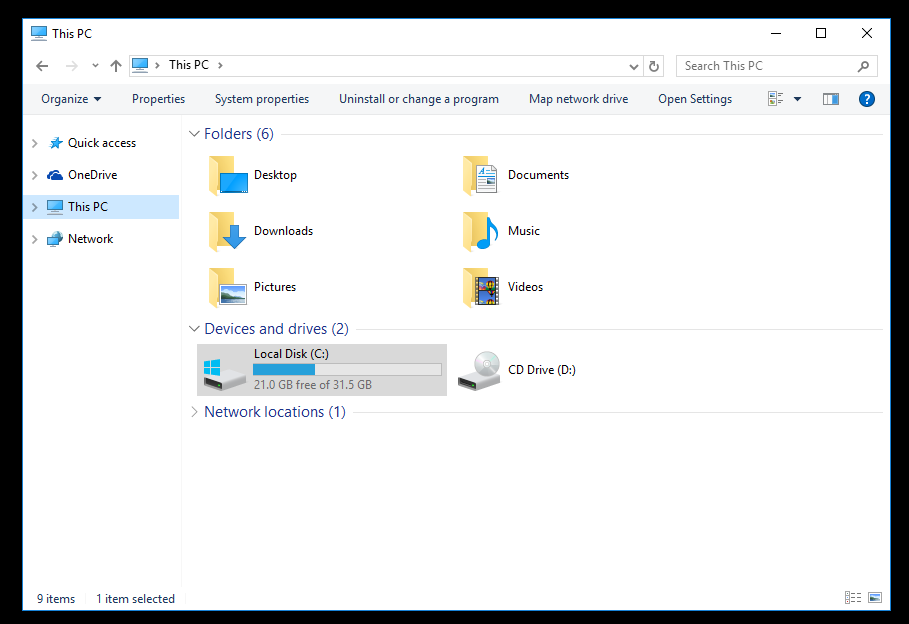The Command Prompt is a useful tool when it comes to various maintenance and automation tasks in Windows. It is a special console where you can type commands, launch special apps and batch files. This post explains different ways to open the command prompt in Windows 10.
Continue reading “How To Open Command Prompt In Windows 10 (Different Ways)”


